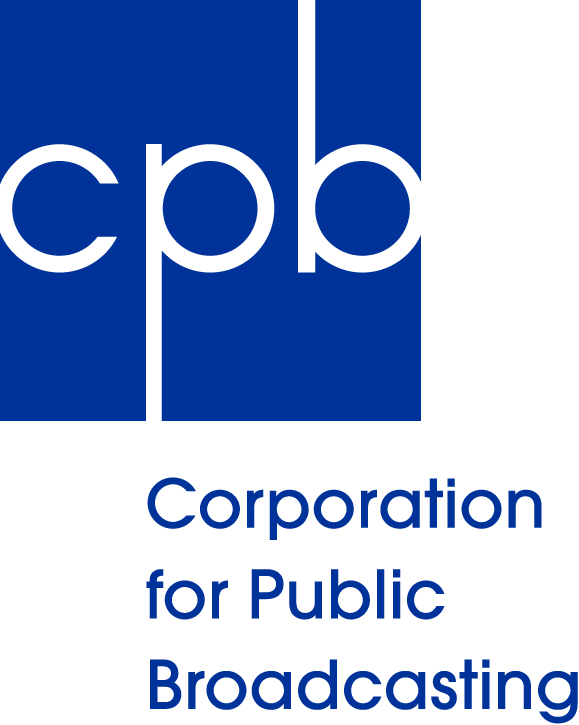What does an election look like when there are tens of millions of early and mail-in ballots to count? With different election laws in every state, what does the count look like and when will we know the final tally?
Miles Parks, who covers voting for NPR, helps walk us through the drawn out process of counting every vote.
If you enjoy Civics 101, consider making a gift to help support the show! And don’t forget to sign up for our newsletter — it’s where we put all the good stuff that doesn’t make it into our episodes!
Transcript
NOTE: This transcript was generated using an automated transcription service, and may contain typographical errors.
Archival: [00:00:00] "I" state your name...
[00:00:03] The absentee deluge is a headache...
[00:00:07] Well, in fact, I recall you telling me some weeks ago [00:00:10] you thought we might not know for some days because one of the things we take into account at every level tonight, of course, is the absentee ballot.
[00:00:16] Absentee or mail-in ballots are the focus, as [00:00:20] you've been hearing, of a lot of attention.
Hannah McCarthy: [00:00:21] When the polls close on election night in the United States.
[00:00:24] That is when election officials really get to work, especially in a year with a lot of mail [00:00:30] in absentee and early vote ballots. So how are these ballots actually being counted? And when will we know the final tally? This is Civics 101. I'm Hannah McCarthy [00:00:40].
Nick Capodice: [00:00:40] I'm Nick Capodice.
Hannah McCarthy: [00:00:41] Today, we're going to figure out how and when your vote is counted. There are two basic steps to the vote count procedure. The first is processing. The second is [00:00:50] tabulating.
Nick Capodice: [00:00:51] Now processing.
[00:00:52] I know it's relevant to early vote ballots and mail in absentee ballots because these ballots are inside signed envelopes. Election [00:01:00] workers have to compare the signature on the envelope to a signature they have on file from when you registered. If those signatures match and they usually do. That means the vote is valid [00:01:10] and you can count it.
Hannah McCarthy: [00:01:11] In some states, the ballot is inside a second envelope or a secrecy sleeve. If you sent your ballot in without that secrecy sleeve, it is called a naked [00:01:20] ballot. Certain states, Kentucky and Pennsylvania, for example, reject naked ballots. Others like Florida and Georgia, they count the ballot regardless of [00:01:30] a secrecy sleeve.
Nick Capodice: [00:01:30] Now, this process is time consuming, so some states allow it to begin long before Election Day, but many do not.
Hannah McCarthy: [00:01:37] Some states even allow the tabulating, otherwise [00:01:40] known as the counting of the votes to begin before Election Day. Now, no state is allowed to make the count public until after the polls close, but this is how [00:01:50] we get those instant returns in some states. It also explains how some states are able to tell you on election night who the various winners almost certainly [00:02:00] are.
Nick Capodice: [00:02:01] Why almost certainly? If they've counted the early and absentee votes already, all it takes is counting those in-person votes. Right?
Hannah McCarthy: [00:02:09] It depends, [00:02:10] which I guess is my favorite phrase when it comes to explaining the election process. There's kind of two parts to this. This is Miles Parks covers voting for NPR.
Miles Parks: [00:02:18] The thing that you're watching [00:02:20] on your TV when you're watching network coverage on election night that's showing those totals that says, like, you know, President Trump has won Michigan. That's not all of the votes [00:02:30] in Michigan being counted and President Trump has won, but that is the media organization. They're doing projections.
Nick Capodice: [00:02:37] So in other words, when networks basically award a state [00:02:40] to a candidate, that's just a super, highly educated guess.
Hannah McCarthy: [00:02:44] Yeah, that's part one. The guess. And then there's the actual count.
Miles Parks: [00:02:49] There's the official [00:02:50] tally of the election results, which is like the gospel for like who won this election by how many votes. That always takes weeks like that is never [00:03:00] something we know on election night.
Nick Capodice: [00:03:01] We have never known?
Hannah McCarthy: [00:03:03] Well, we've always had absentee ballots, in part because of our active duty military. 22 states and Washington, D.C. [00:03:10] allow absentee ballots to arrive sometime after Election Day as long as that ballot is postmarked on or sometimes before Election Day. And some states [00:03:20] plan to count those absentee ballots on election night, while some say they're not going to get around to it until the day or days after the election.
Nick Capodice: [00:03:29] Let me make sure I get this right. [00:03:30] Whether a state is able to report almost all of its votes on Election Day has everything to do with its rules about how ballots are accepted or rejected when [00:03:40] those ballots are received and what order they plan to count those ballots.
Miles Parks: [00:03:44] There's more than 8000 different voting jurisdictions in this country, and every single one of those 8000 does [00:03:50] it slightly differently. The thing that voters need to understand the most is that absentee ballots take longer to count than in-person votes. That's not a bad thing, though. [00:04:00] That's not something that people should be freaked out about.
Hannah McCarthy: [00:04:02] So don't freak out. Breathe in. Breathe out and watch the tallies roll in.
[00:04:10] That's [00:04:10] all she wrote on the vote, folks, if you have a question about what is going on in the world right now and how this democracy actually works, ask us and we will find the answers for you. Just click the [00:04:20] link on our home page at Civics101podcast.org.


